|
Experiential learning resources for the innovative educator
Are you a parent, teacher or student looking for some plant project science fair ideas that are easy and engaging for everyone involved? It doesn't have to be hard, it doesn't have to take a ton of time, and no one has to be a professional scientist or even a trained science teacher to do these experiments. Check out some of the plant project science fair ideas here to make your lives a little easier. Build a plant science experiment or a research project around the ideas offered here while still making them your own! Some of these project science fair ideas are about plants in general, and some are more specific to pollination. I added pollination-specific ideas because my students and children tend to gravitate toward the idea of pollinators and pollination. Every plant science experiment or research project listed here has been done by either my high school students or my own young children, now 5 and 7. Each plant project science fair idea listed here can be completed from home or at school, indoors or outdoors, even in urban areas. Step into a courtyard or take a stroll down the block. Modification ideas for a variety of age groups and skill levels are also included for all of the science fair ideas. Adapt them as you see fit. Each idea can also be used in a classroom or homeschool as an experiential learning activity instead of a science fair project. Good luck, and above all, have fun! This doesn't have to be stressful or complicated. 10 Plant Project Science Fair Ideas for Kids of All Ages***Note: These plant project science fair ideas are a mix of plant science experiments and research project ideas. I have participated in a variety of science fairs and see a lot more research based science projects with younger kids and more experimental inquiry with older kids. Encourage older kids to take some of the more research-based plant science fair ideas here and work open-inquiry experimentation into the experience. 1. Pollinator Simulation My children (5 & 7) and I made a pollination simulation together using honeybees as the pollinator. We started by observing the apple trees in our yard. They are just starting to flower so my kids were able to observe some of the reproductive parts of a plant such as the stamen and stigma. My kids made flower models for three separate apple trees. They made bees out of cotton swabs and learned how bees cross-pollinate apple trees by carrying pollen from anther to stigma. We used the colorful sugar from Fun Dip as my pollen. It could be fun to put together pollination simulations like this together for the science fair for visitors to interact with. Modifications: Older students can turn this into a research science fair project by choosing a pollinator of interest, researching that pollinator, and creating their own interactive simulation on the pollination mechanism. They could create a stop-motion animation or make a moving model, both of which my older students have done. 2. Citizen Science Project There are so many citizen science projects for students out there that specifically focus on plants, particularly plant pollinators. Each citizen science project can be catered to work for a variety of ages and skill levels. My kids and I participated in Bumble Bee Watch. I wasn't sure if my kids would like it, thinking they may be too young to understand it. But my son loved the idea that his findings were sent to and used by real scientists. My daughter loved the process of finding bumble bees in nature and identifying them on the citizen science project page. A great science fair project for younger kids like mine would be showcasing the experience of gathering and sharing data for a citizen science project that has already been created and is in motion, as well as the implications of the data for the species involved. Check out iNaturalist for a variety of options. The citizen science project chosen will depend on your geographical location, your access to natural spaces, and time of year. Modifications: Older students can build and create their own citizen science projects on a pollinator or plant species of their choice. iNaturalist makes this possible. An older student can develop their own citizen science project, collect data from citizens using their chosen platform, and share the process and findings at the science fair. 3. Design a Pollinator Garden My children and I designed and created a pollinator garden in our boulevard and shared the experience at my son's school's science fair. My son wanted to make a small butterfly garden, so researched a variety of native plants that provide food and shelter for native butterflies in our area. He chose plants that he liked and drew out a map/plan for flower placement in our boulevard. He worked on research skills, reading, writing, science, and more. We ended up building this garden, but you do not have to for this to be a worth while experience. If you do not have access to a plot of land consider looking into urban gardening. Try pots and vertical gardens if you have access to a porch or balcony. Modifications: Older students can do the exact same project. They can choose a pollinator to study, research plants that support the safety, survival, and reproduction of their chosen pollinator, and design a garden. If you need some guiding materials, check out these templates for designing your own pollinator garden. 4. Pollinator Shelter This turned out to be a much more interesting science fair idea than I anticipated. Last year, one of my students made a bat house. My own child saw this and was so intrigued by this idea and so decided to make a bee "hotel". As someone with a background in wildlife biology, however, I know the importance of building wildlife shelters that are safe for their wildlife residents. After my son and I did a little research, we discovered that many of these bee hotels are not safe for bees. In fact, many of them kill bees if they are not made correctly and if they are not continuously maintained. We researched safe bee hotel practices and how to care for them. We modified the bee hotel that we already had from our local garden center and created a "how to take care of a bee house" guide sheet. We posted our bee hotel and care sheet on our boulevard for passerby's to observe and learn from. Young students can do a variety of variations of this idea for a science fair project; learn about local pollinators, shelter requirements for those pollinators, and build one. Modifications: Again, older students can approach this concept in the same way; choose a pollinator, research the pollinator, and develop a shelter. I have guiding templates for this exact experience that is geared toward high school students - Build a Wildlife Shelter. They can even add inquiry experimentation to the experience, testing for effective and ineffective shelter designs, materials, ideal locations, shelter proximity to sunlight, and so much more. Students will then share their experience and results at the fair. 5. Wind Pollinator Simulation (STEM) I have my high school students do a cool STEM challenge on the topic of wind pollinators to learn about adaptations, and many of those students have turned this experience into a science fair demonstration. I attempted to have my own children do the same thing - build plant models to simulate wind pollinator adaptations - but it turned into a more age appropriate activity. They ended up designing simple plant models to learn about plant anatomy. They made their own plants out of recyclables and crafting materials, each with a stamen and stigma to show the parts necessary for cross-pollination. Modifications: Like I said, my older students study wind pollinator adaptations. They then design and develop plant models and attempt to "cross-pollinate" them using wind (fans). Check out this resource for guiding templates - STEM Challenge: Wind Pollinator Adaptations. Students of all ages could turn the experience into somewhat of an experiment by testing different model designs to determine which is the most effective design for "cross-pollination". They then show the end products and demonstrate "cross-pollination" at the fair. 6. Water Transport Experiment You've probably seen or tried the classic celery demo where you place the celery in food-colored water and observe as the celery leaves slowly take on the color of the dyed water. The purpose of this activity is to demonstrate water transport from the stem to the leaves via xylem. I tried this activity with my own children, but we used a variety of plants - celery, kale, a tree branch, asparagus, and a branch from a bush in our yard - which we then observed and recorded the similarities and differences between them. Try this with whatever plants you have on hand. Kids can practice using their senses to make observations and ask questions about what they're seeing. This in itself would make a good science fair project for a second grader, but they can even extend the experience by developing an experiment based on one of the questions they asked from the food coloring demo. Modifications: This is a great opportunity for older students to conduct open-inquiry experimentation. Students can develop their own questions based on their observations, and design and conduct their own experiments. For example, a student might test how humidity, air temperature, number of leaves, water temperature or any other factor effects water transport. Click here for a self-directed scientific experimental inquiry tool kit. This includes templates that help walk students through the experimentation process. 7. Green Sun Butter Cookies ***Note: Food is not allowed at our science fair this year, especially if it is to be handed out to visitors. Make sure you check to make sure this science fair project will be accepted. Chlorophyll is an important plant feature. It's vital for photosynthesis. Chlorophyll (chlorogenic acid) uses light to convert water and carbon dioxide into oxygen and gluclose. My young children and I baked sun butter cookies, which are a beautiful golden brown color on the surface and are green on the inside. What happened? Why green? Sunflower seeds contain chlorophyll, so when chlorogenic acid reacts with baking soda in the baking process, the green pigment of the chlorophyll emerges. For my own young children, this activity was mostly done in fun. We did not submit it in our science fair, but it would have been a hit if we had because it is such a discrepant event! It brings up so many questions. Click here for the recipe that we used. Modifications: Older students could take this a step further by experimenting with different ingredients. Chlorophyll isn't the only plant pigment. Others include carotenoids, anthocyanins, anthoxanthins, and betalins. Carrots, red beans, cauliflower, beets, sweet potatoes, and eggplants all have pigments in them. Self-directed inquiry experiments are always great options when it comes to plant science fair ideas or any science fair project for that matter. If you're looking for an introductory experience to help students learn how to design and direct their own science experiments, check out this resource - Introduction to Scientific Inquiry Experimentation Workbook. 8. Grow and Experiment My children and I sprouted dry pinto beans from the grocery store using a plastic bag and a wet paper towel (instructions). But we didn't stop there. Once the seeds sprouted, we planted the seeds, and added a couple of experiments to the mix to hammer in plant parts and requirements for growth. One of our experiments was on different types of soil and their affect on plant growth rates. The other experiment was similar, but we changed the amount of water added to the plants vs. the types of soil. This was a good opportunity to talk about the nature of science and experimental design. Take a peek at this helpful resource with tips on seed germination if you're having trouble getting them started. Modifications: Because my own kids are so young, I did set up this experiment. They made predictions, observations, practiced taking measurements and graphing. But older students could design and self-direct these experiments and elaborate significantly, focusing on skill and age appropriate content. They might test the growth or success rates of plants using different types of fertilizers, for example. One of my high school students did this for their science fair project, but they tested the impacts of different water pollutants on aquatic plants. 9. Phototropism Maze This is such a cool experience to observe directional growth of a plant toward light, otherwise known as phototropism. There are so many ways to see this phenomenon first hand, but one way is to create a maze in a box and block out all light except for one small opening at the top of the maze. Check out our pictures below. You're sure to impress with this wild phenomenon at a science fair. The point is to see if the plant will change direction and grow toward the light. You could do this using a cardboard box. My children and I used a cardboard doll house that we made a few weeks earlier, but you could also purchase a ready-made kit. See below. Are you wondering if it worked? The answer is a big yes! And it was so cool to watch. Modifications: High school students could easily turn this concept into an experiment. Example investigations include how light intensity affects the rate of directional growth, the differences in phototropism rates of different plant species, the role that different parts of the plant play in phototropism, and so on. I have templates that specifically walk students through designing and executing phototropism experiments. If you're not interested in building the maze yourself, there are ready-made options. I like the Discovery version of phototropism maze. Getting a pre-built kit frees up time and energy to focus on experimentation. 10. Habitat Models Plants are such an integral part of the balance of nature. They are food for a variety of organisms, they provide essential natural services, and shelter. Plant communities provide habitat, which I wanted my children to see first hand. Not only that, I also wanted them to pay close attention to the dynamics and activities of nature taking place in a seemingly quiet and barren landscape. So we visited a cattail marsh. We sat quietly and observed the habitat before us. We identified a variety organisms using this habitat for food, shelter, mating, and more. We then went home and made a moving model of the habitat that we visited. A moving model is an awesome STEM-based addition to any science fair research experience. It makes a great interactive prop. Modifications: This exact experience - building a moving model of a local habitat - could be done by older students. Their results will vary in how elaborately the models are built and the depth of research involved, but the general idea is the same. As I said, the science fair doesn't have to be hard! And in keeping with the experiential way, try to let your kids get inspired by some of these plant project science fair ideas and take the lead! Good luck, everyone! I'd love to see what you create. Share in the comments! Take a look at these helpful science fair resources Looking for related blog posts? Check these out! Join our experiential learning Facebook group!
Did you know there is an experiential learning Facebook group? Check that out - Experiential Learning Community for K12 Teachers - and join in the discussion about experiential learning ideas such as real world learning in the classroom. Find us on social media! Follow Experiential Learning Depot on Pinterest, Facebook, Youtube, and Instagram for more on experiential education. Observe. Question. Explore. Share.
0 Comments
Your comment will be posted after it is approved.
Leave a Reply. |
Blog IntentTo provide innovative educational resources for educators, parents, and students, that go beyond lecture and worksheets. AuthorSara Segar, experiential life-science educator and advisor, curriculum writer, and mother of two. Categories
All
|
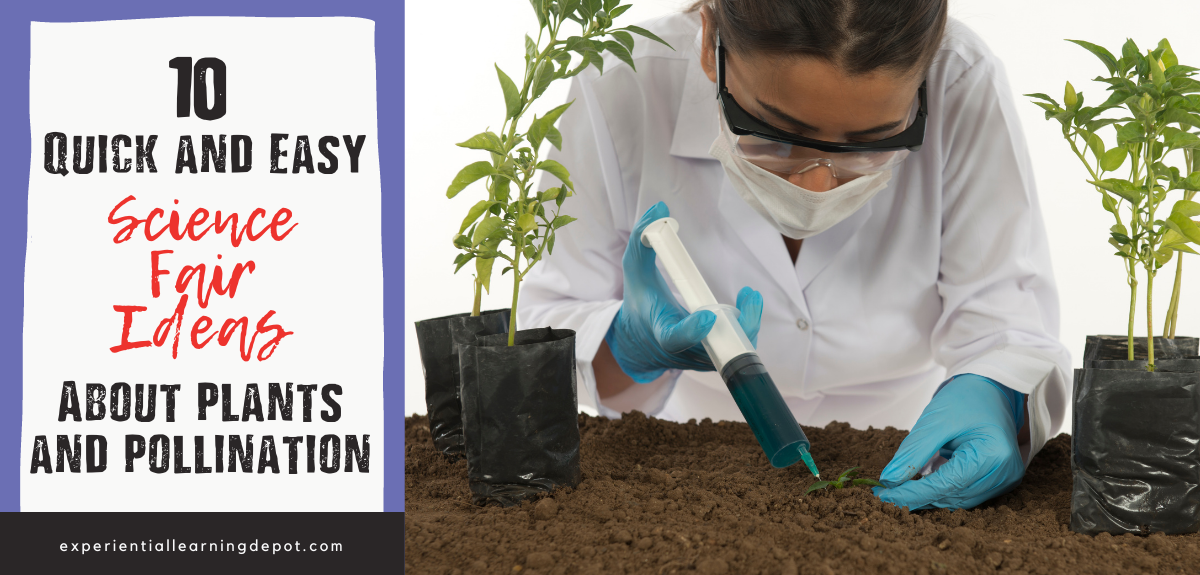
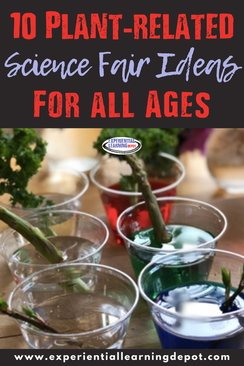
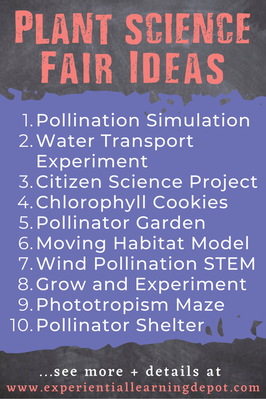
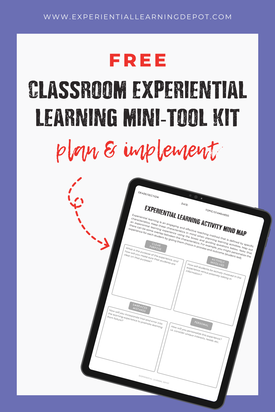
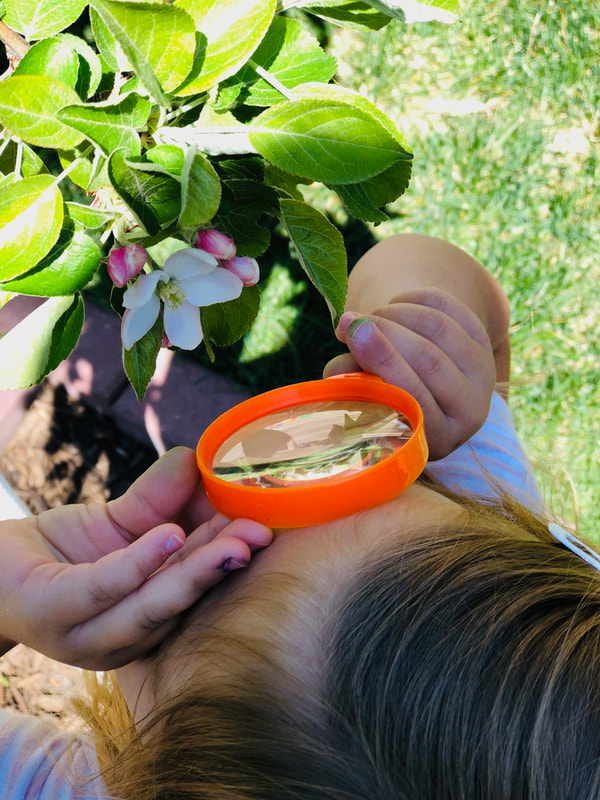
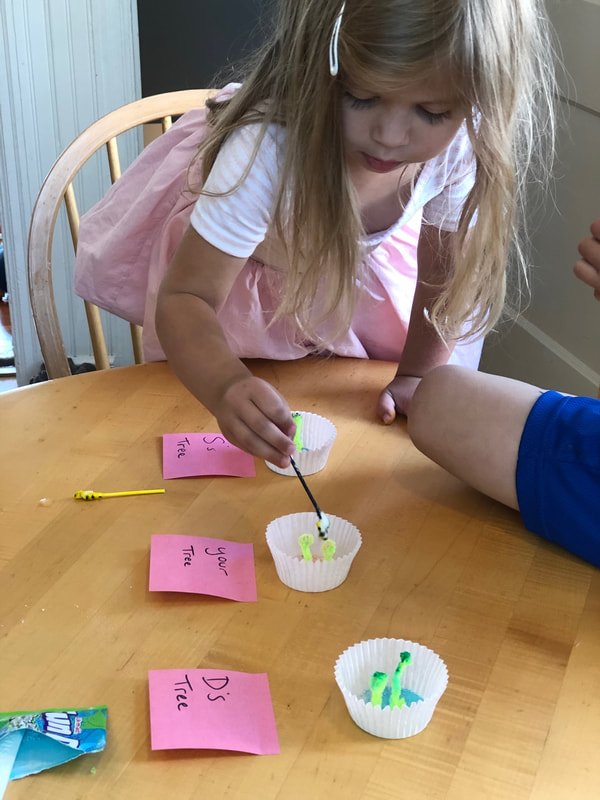
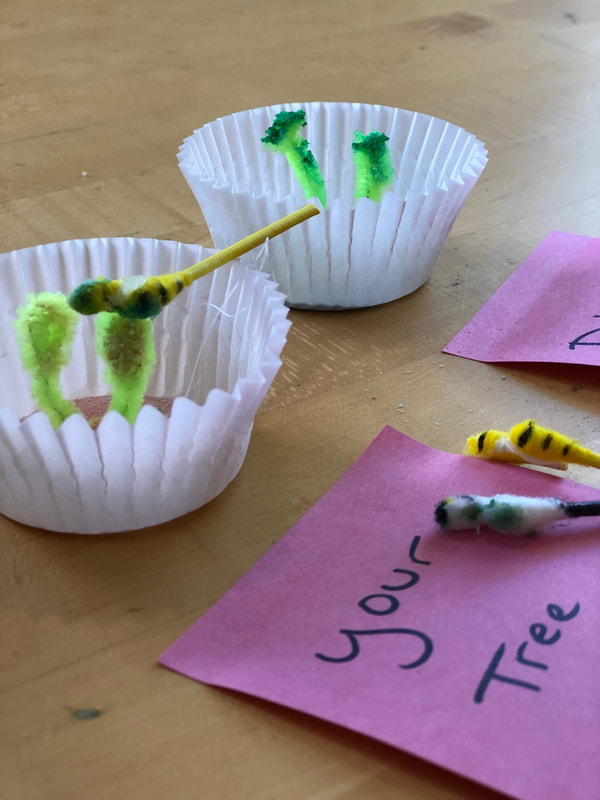
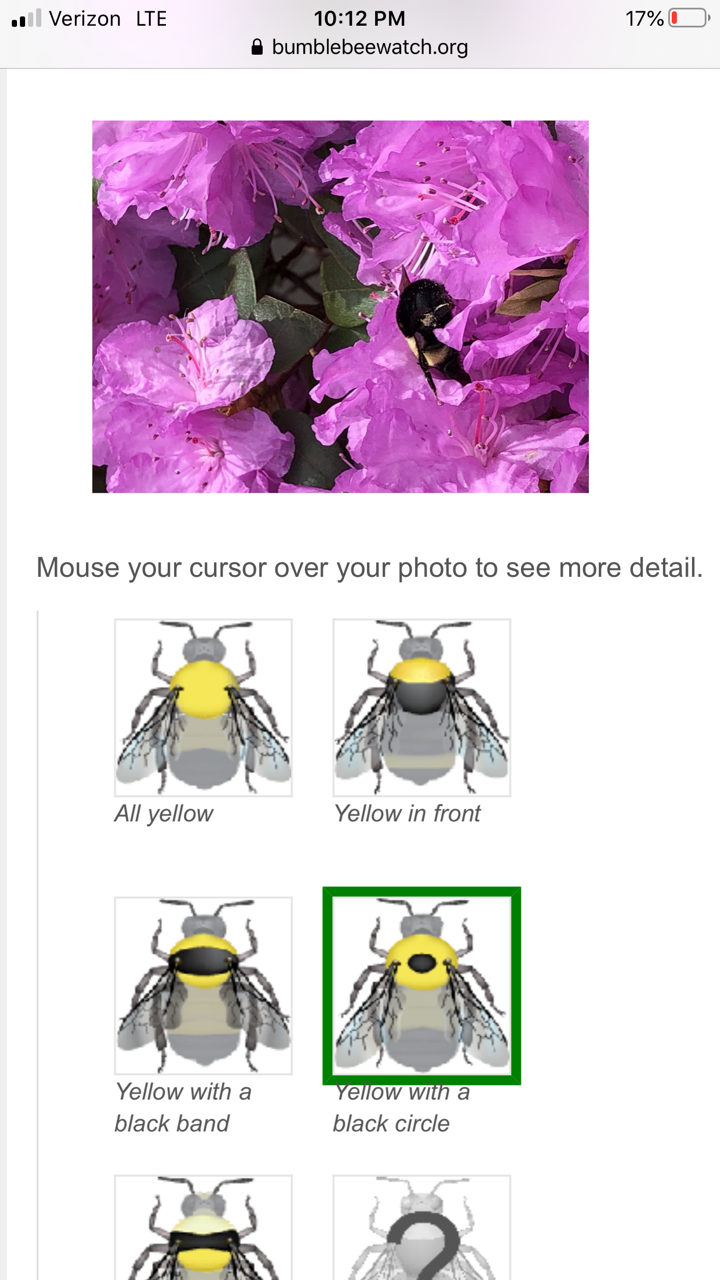
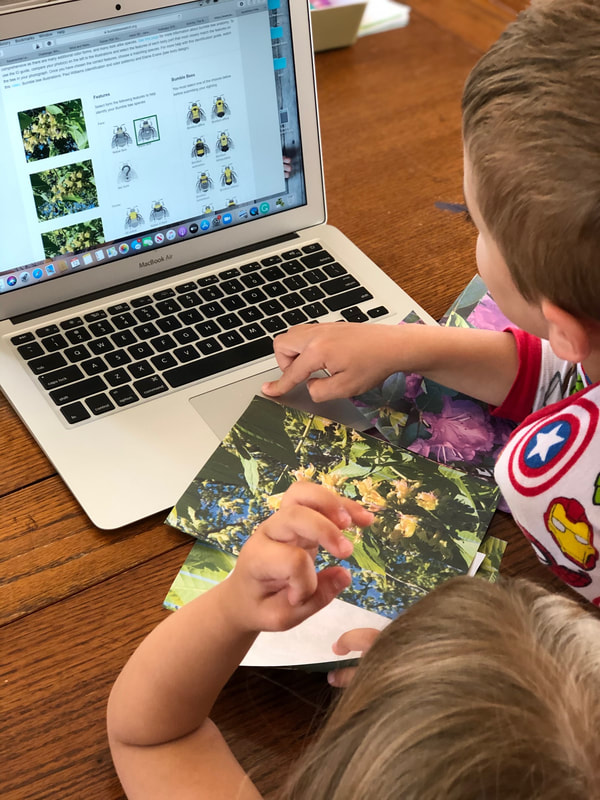
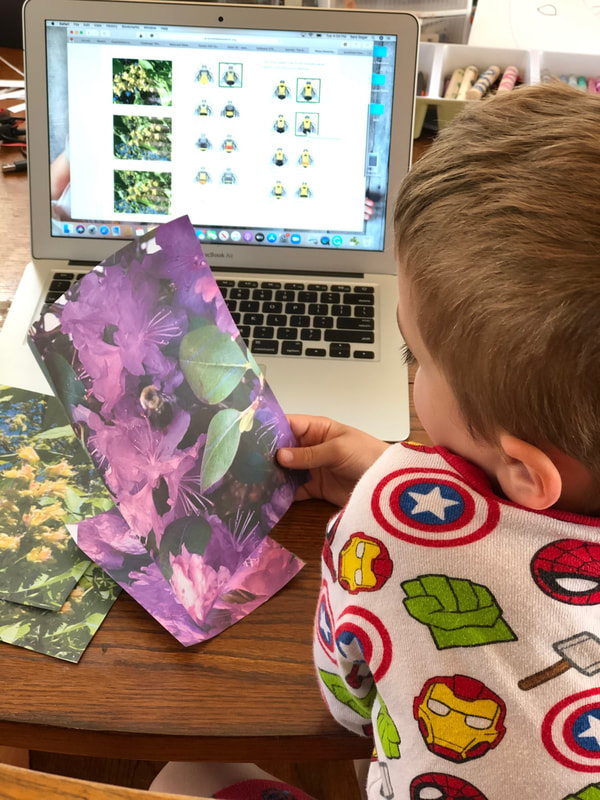
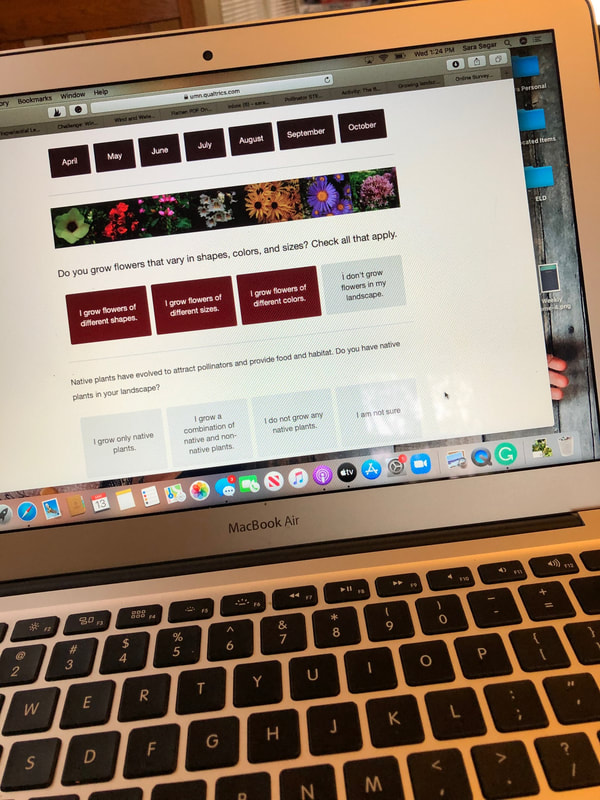

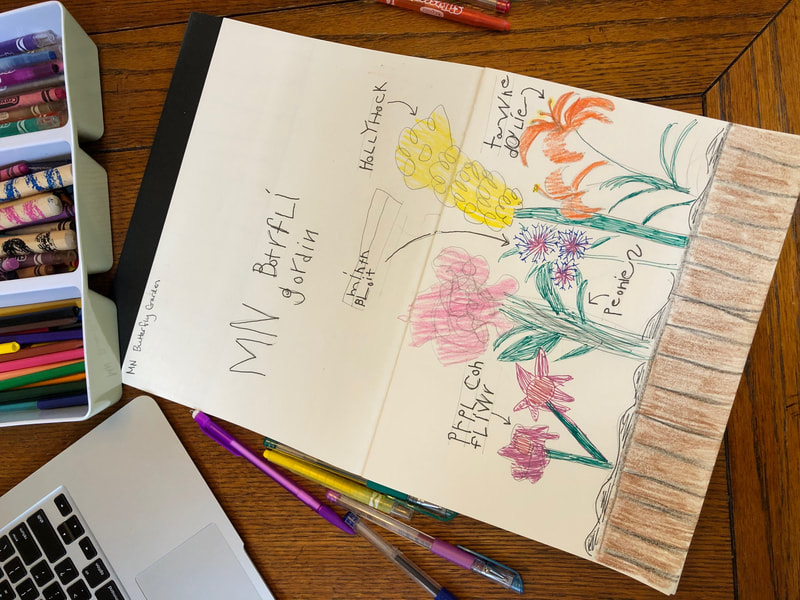
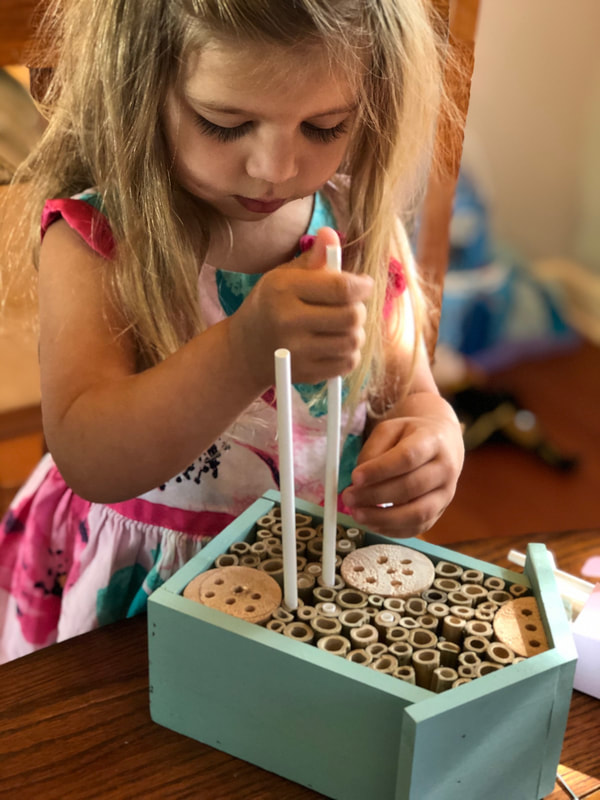
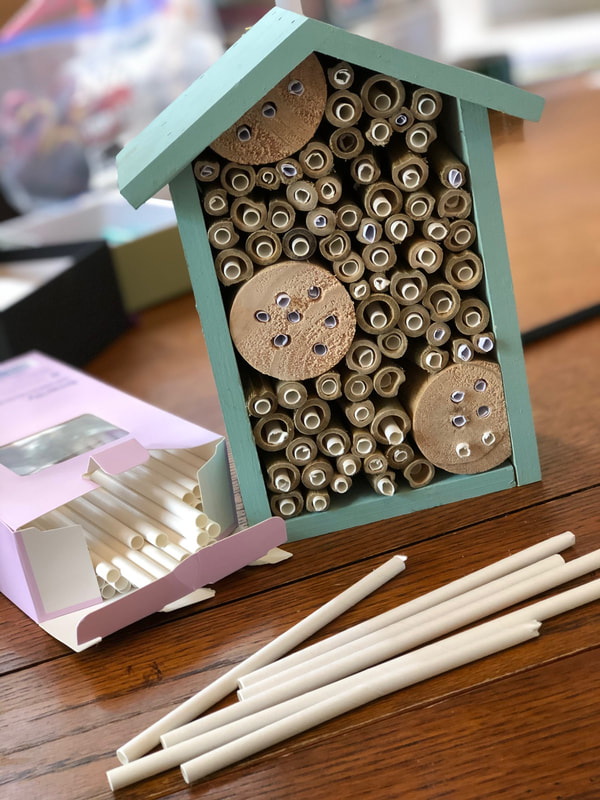
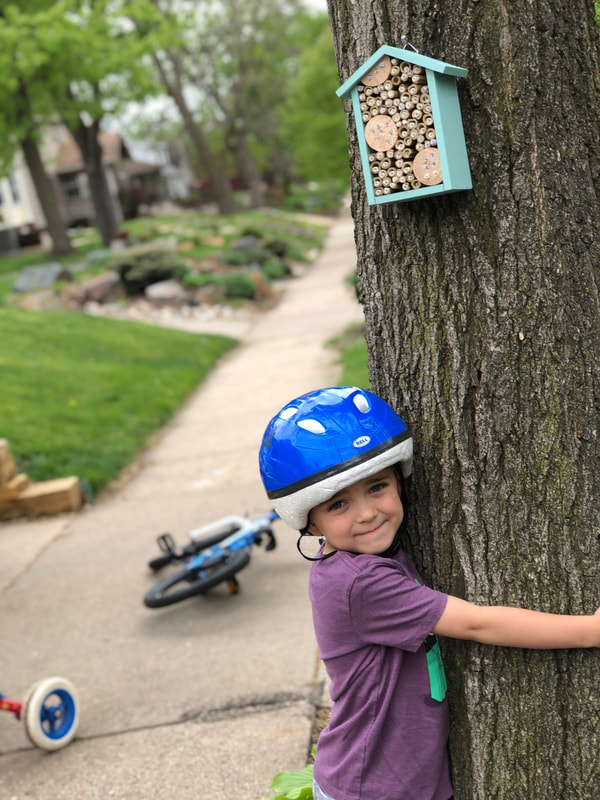
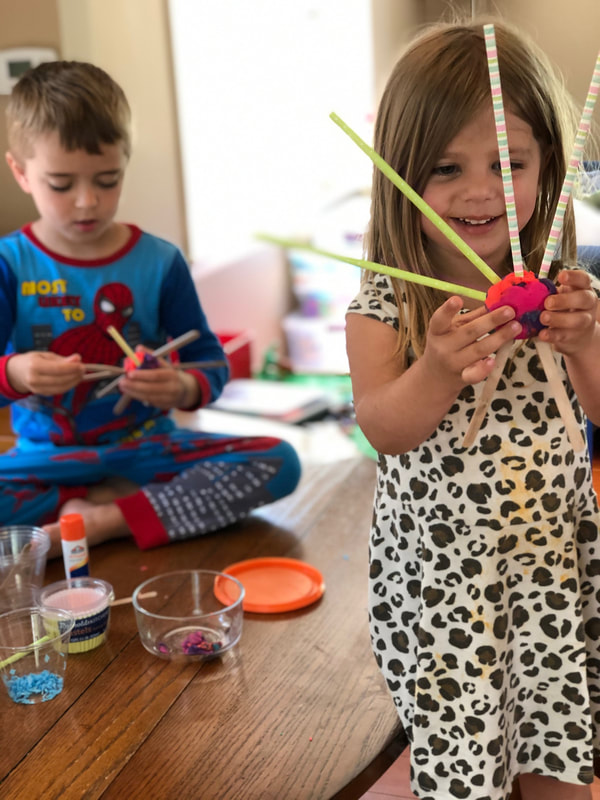
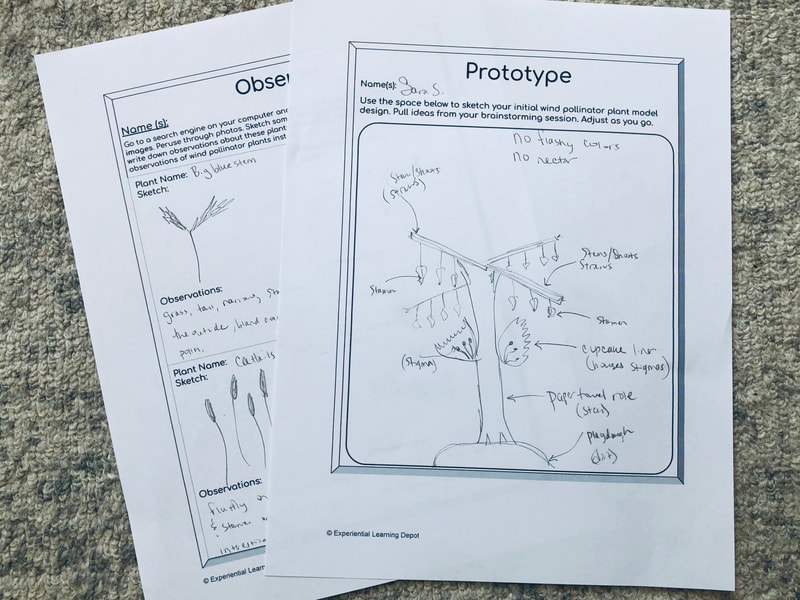
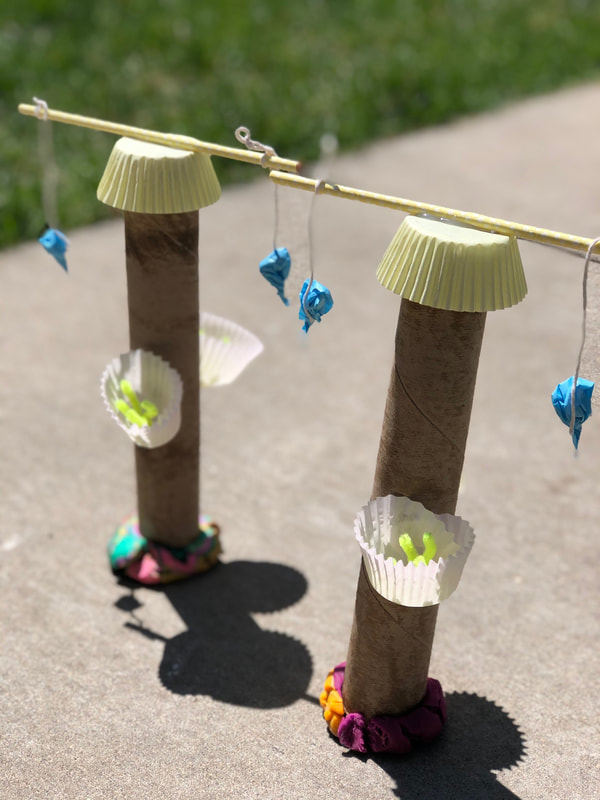
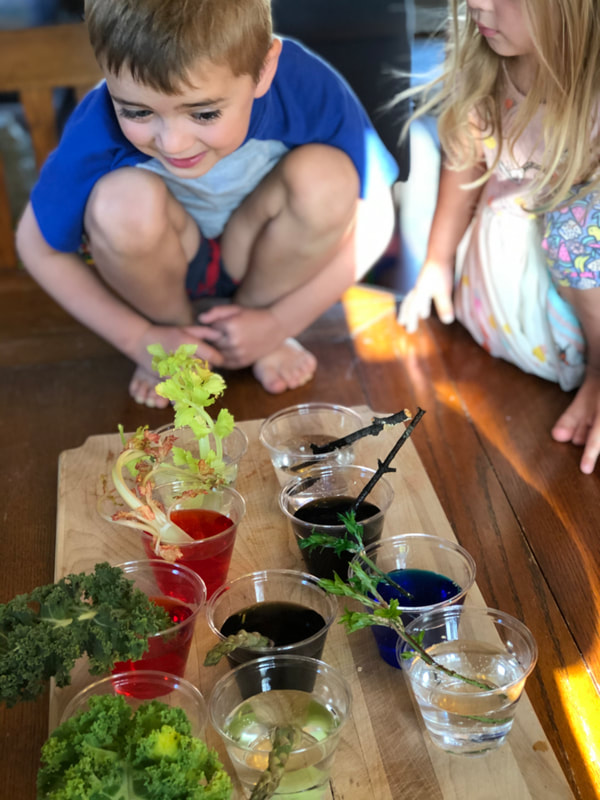
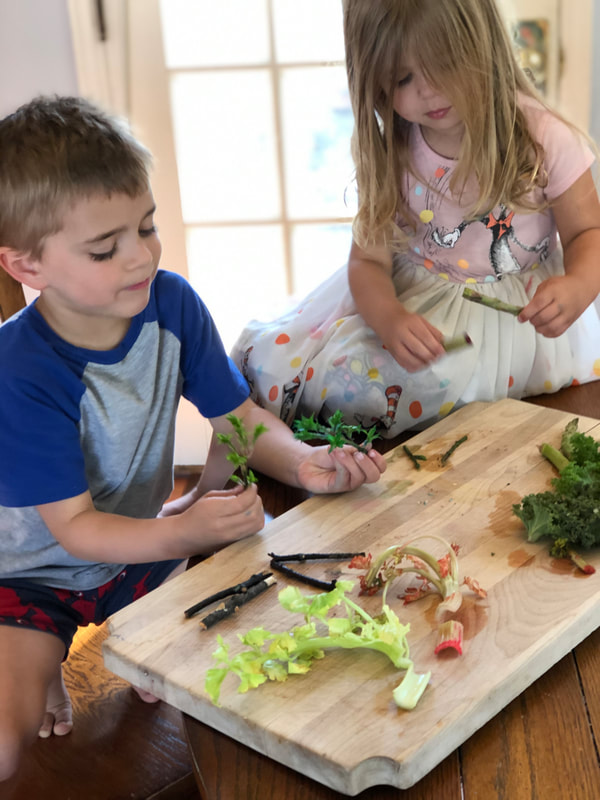
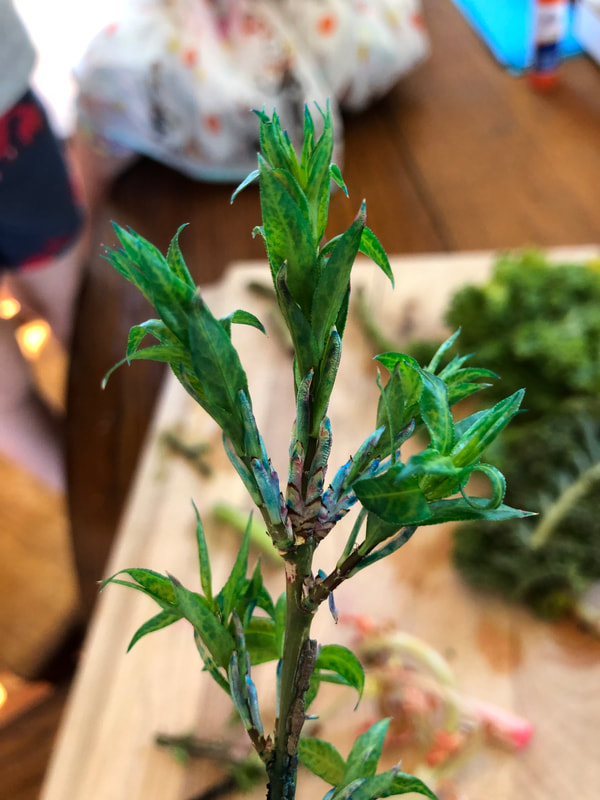
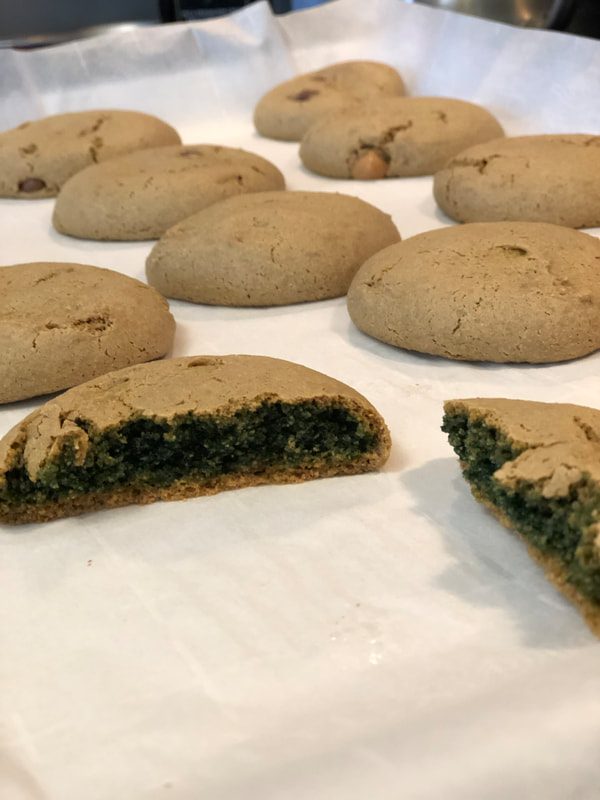
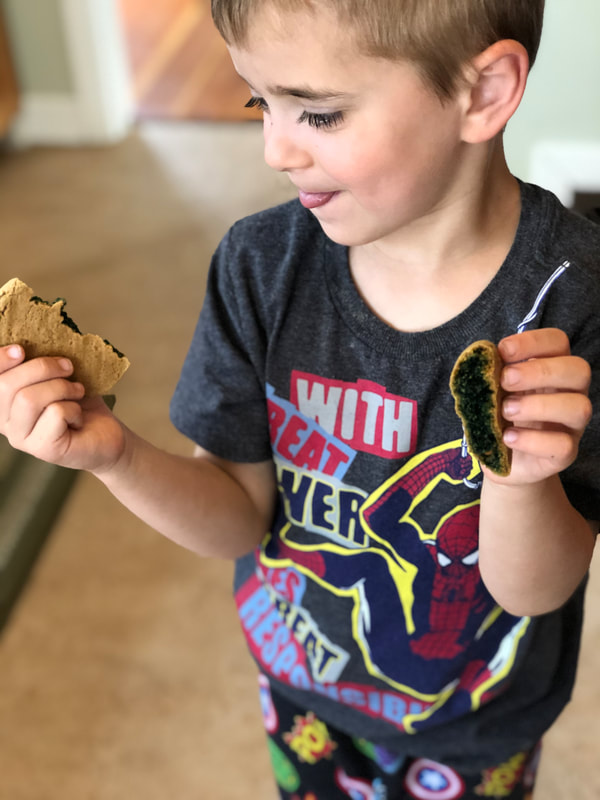
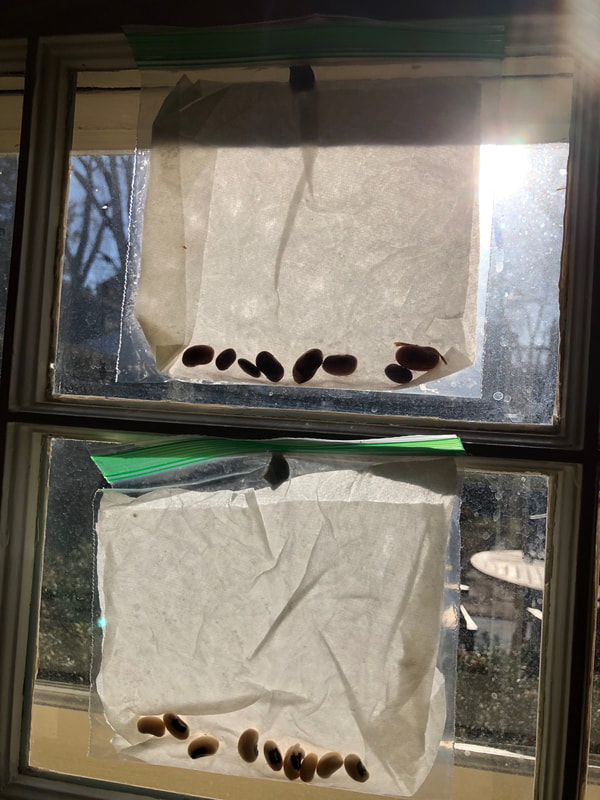
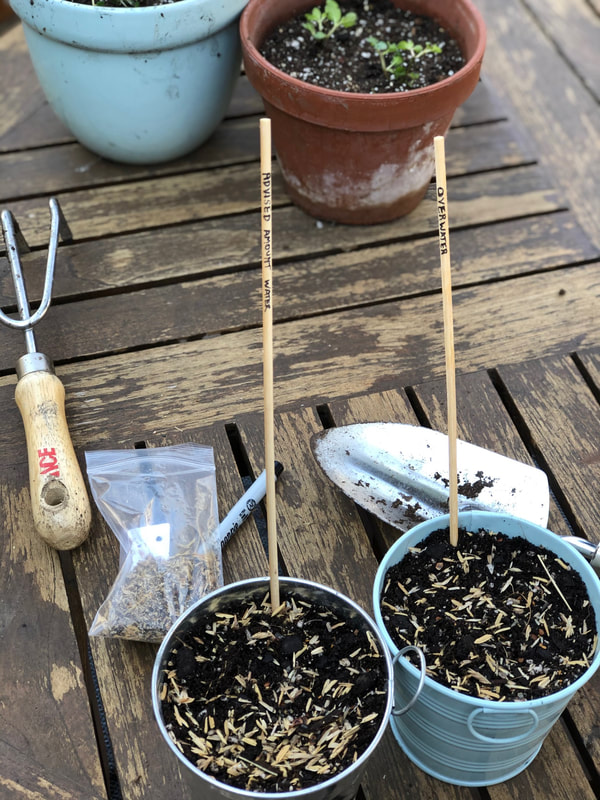
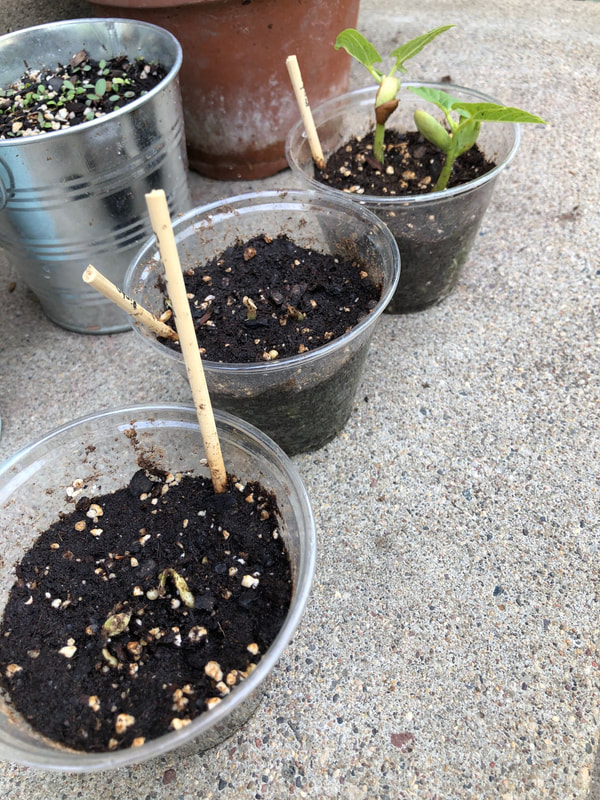
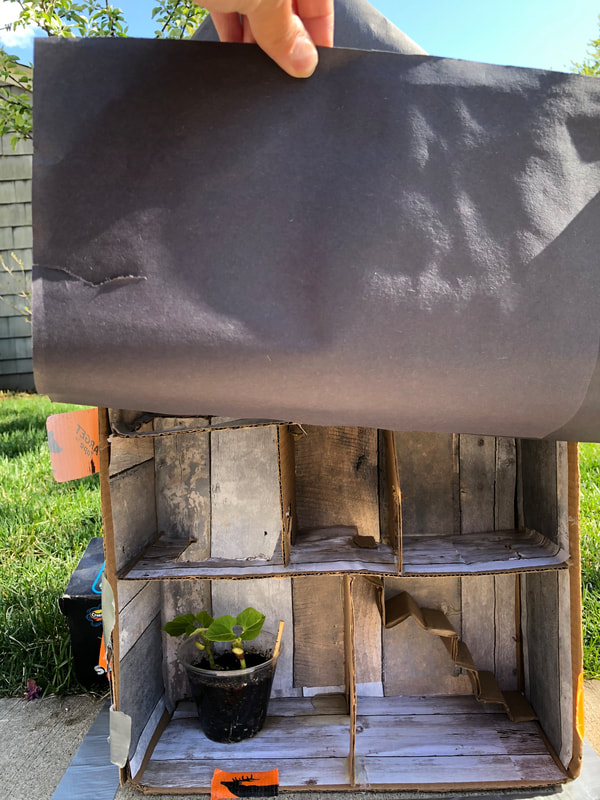
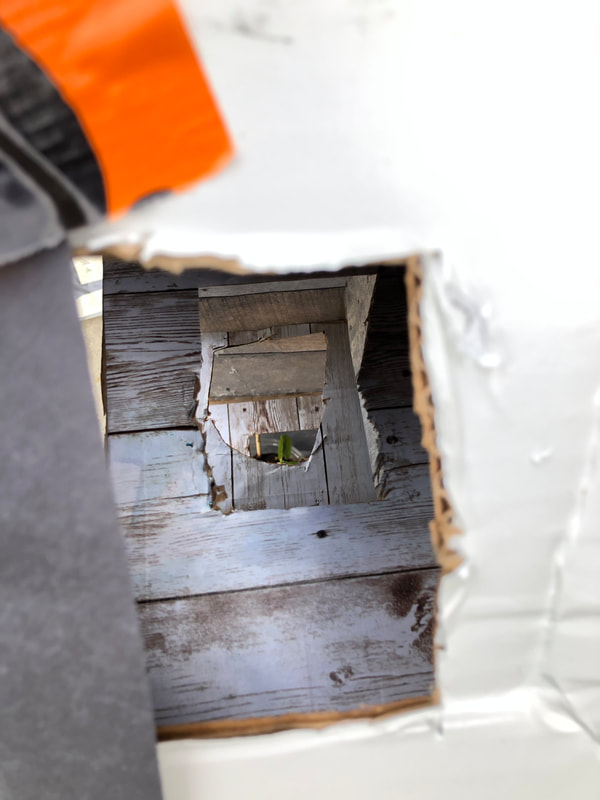
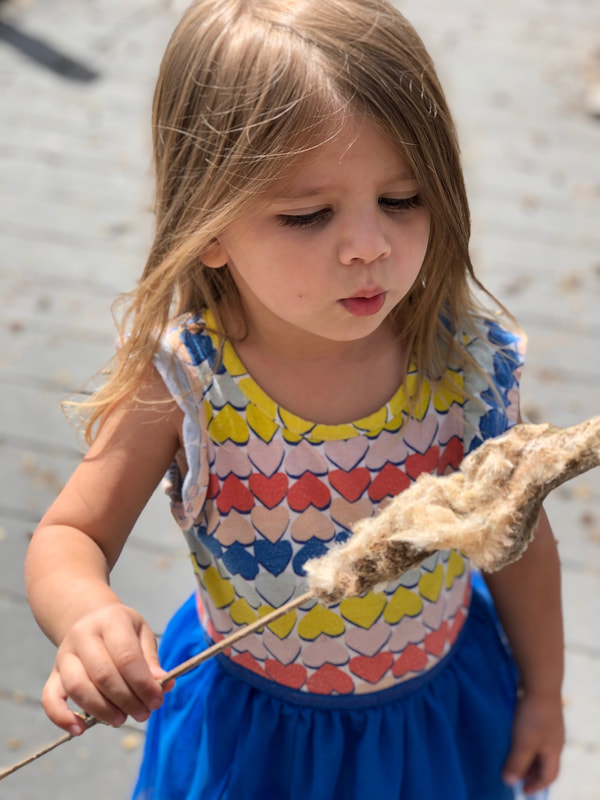
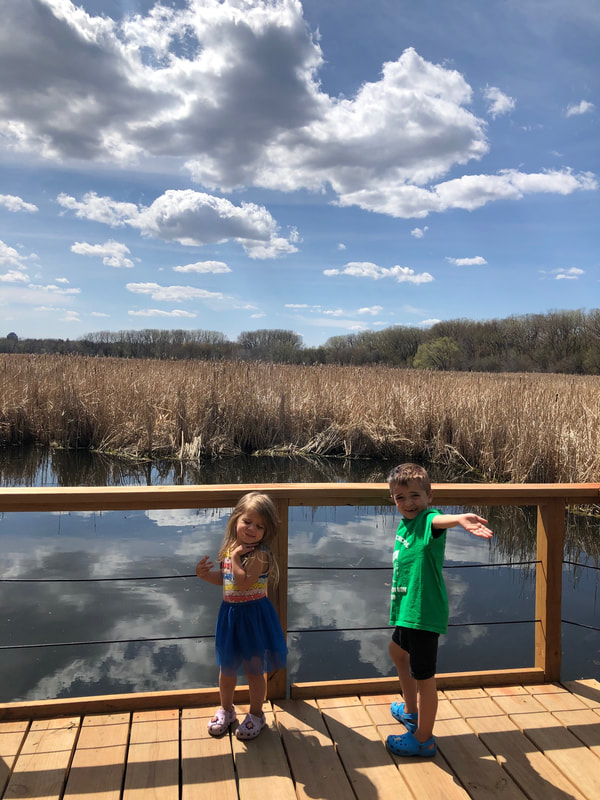
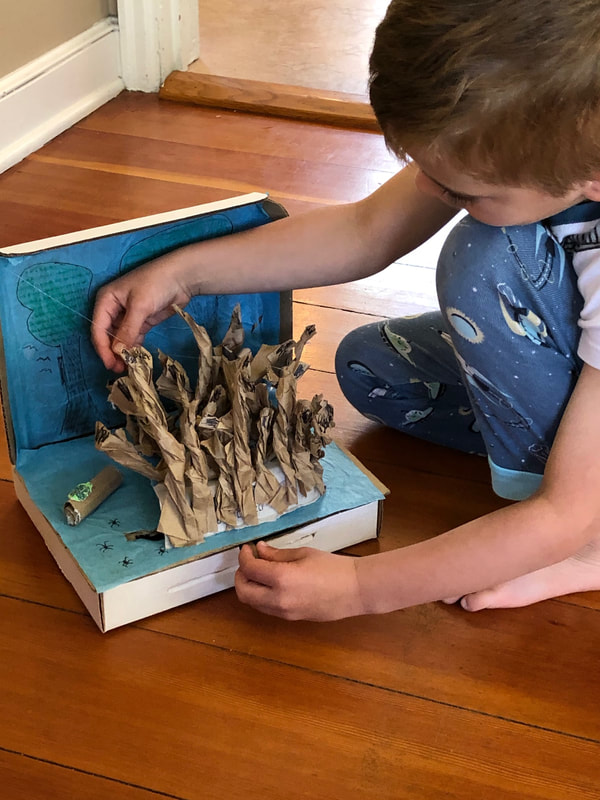
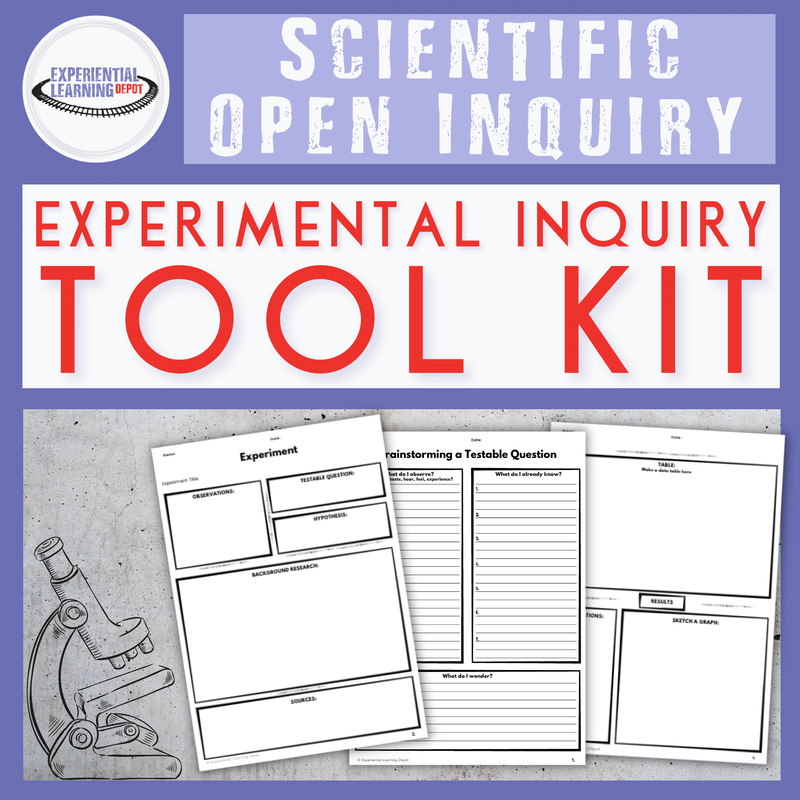
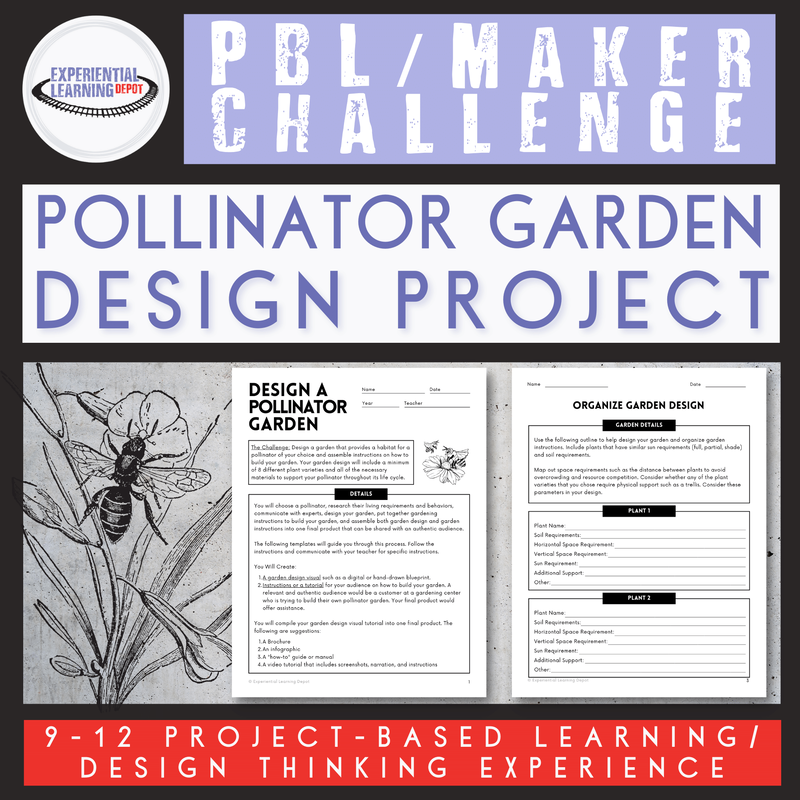
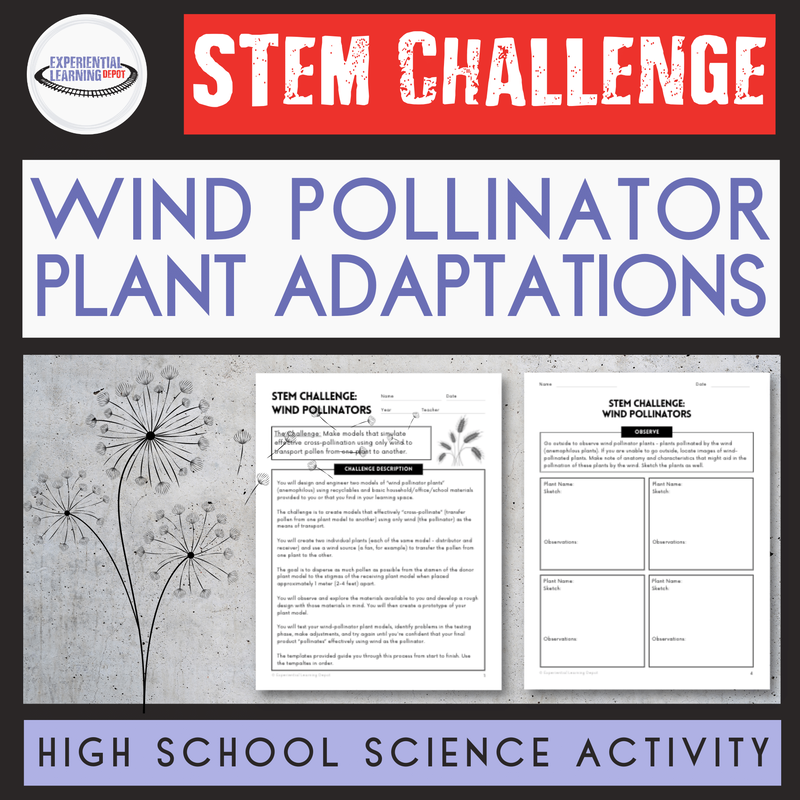
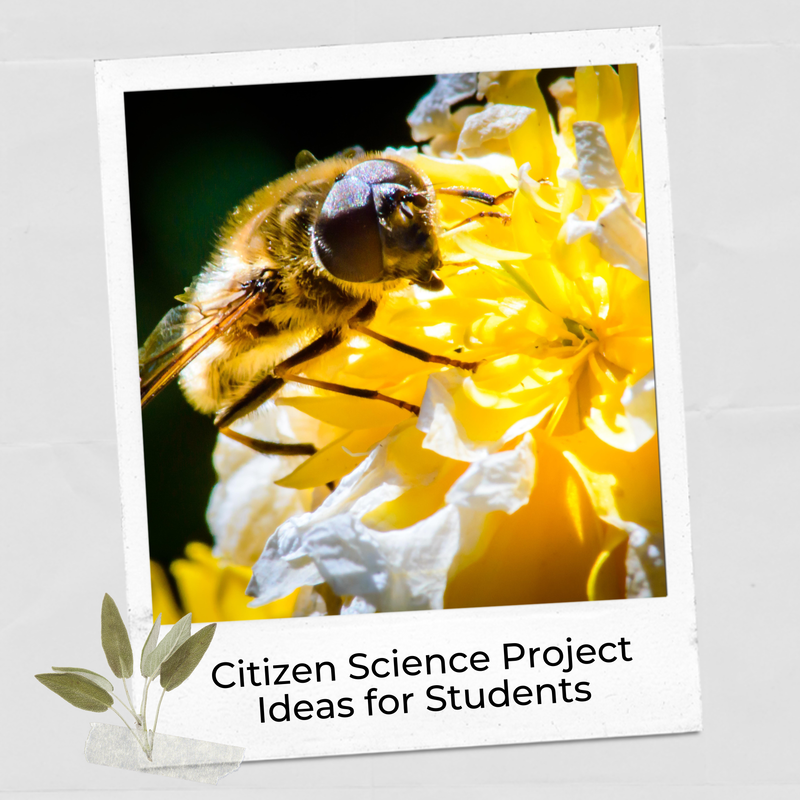
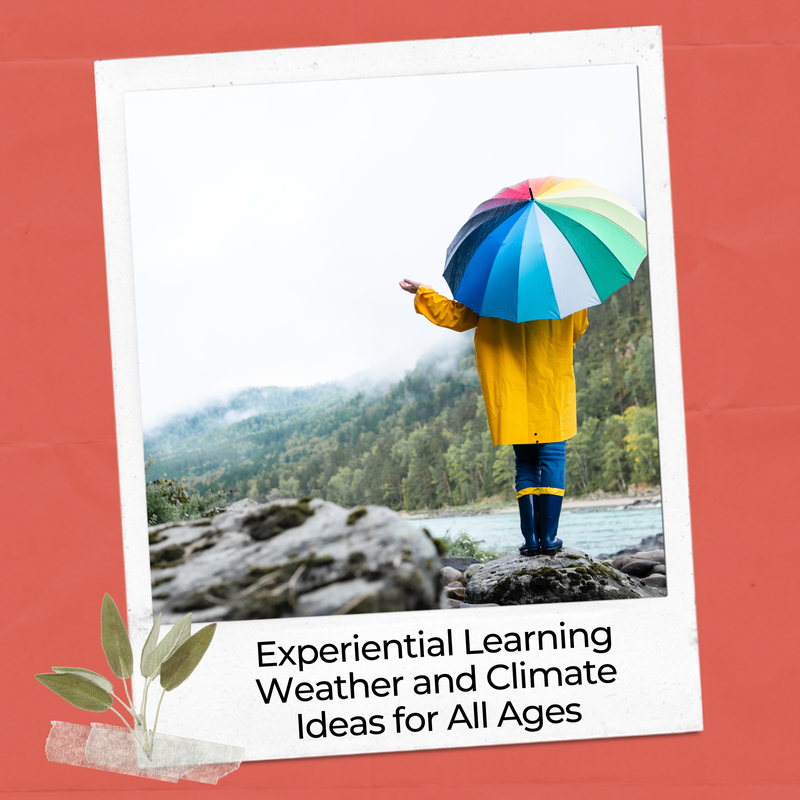



 RSS Feed
RSS Feed